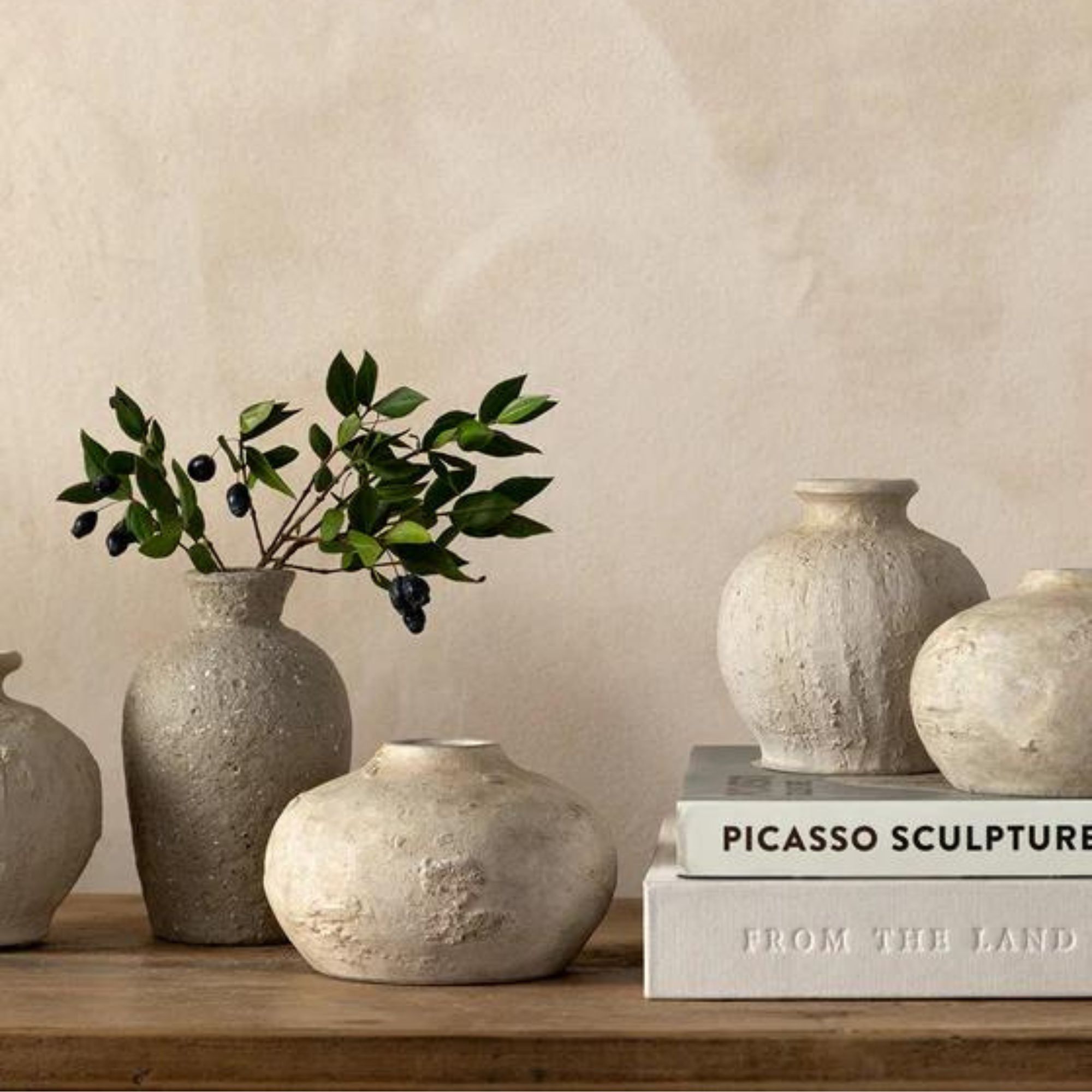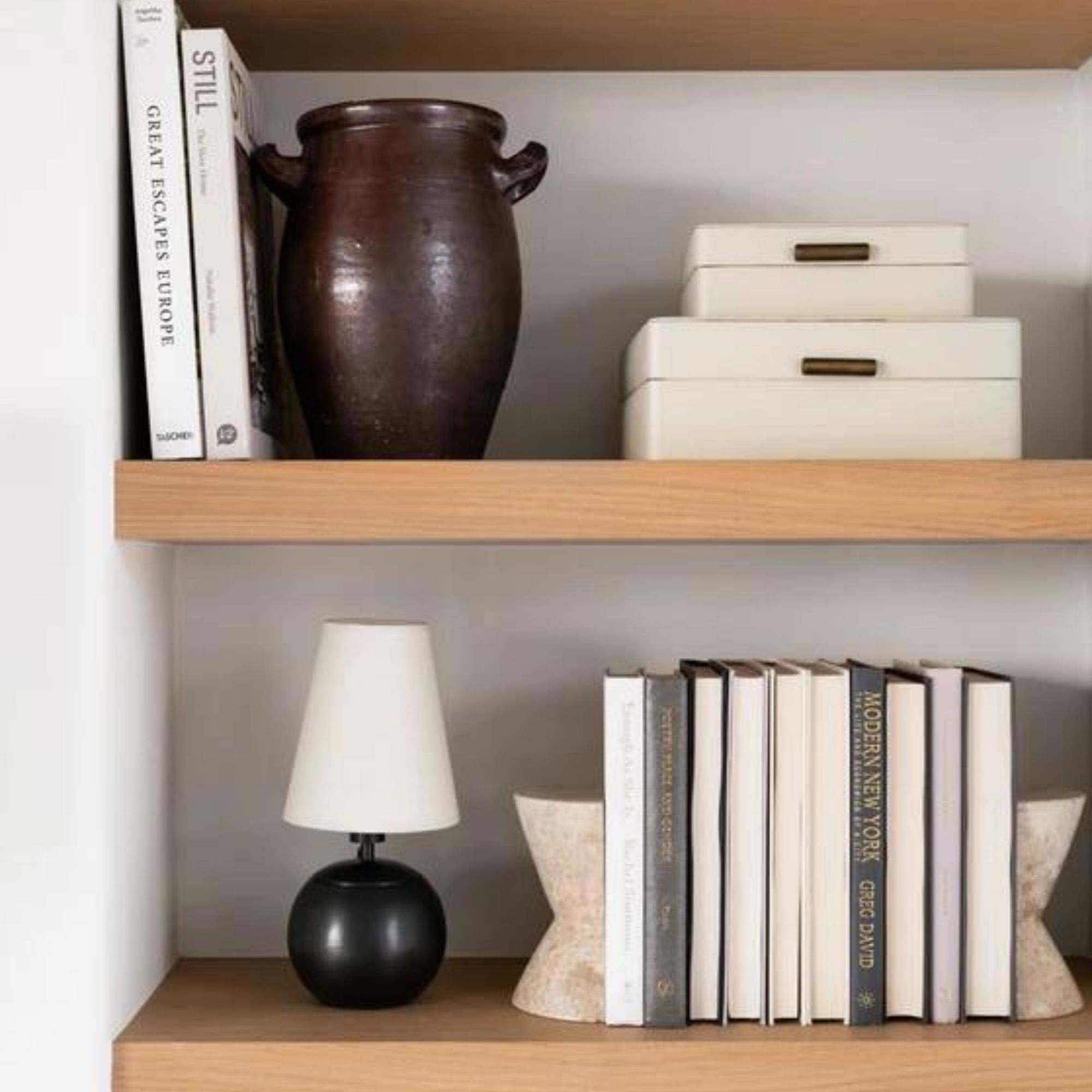Shea McGee just shared 4 easy tips for styling open shelving – and explains why the key is to be 'always evolving'
Open shelving can be quite tricky to balance, but Shea's got the styling exercise down to four simple steps. Here's how to bring her advice home

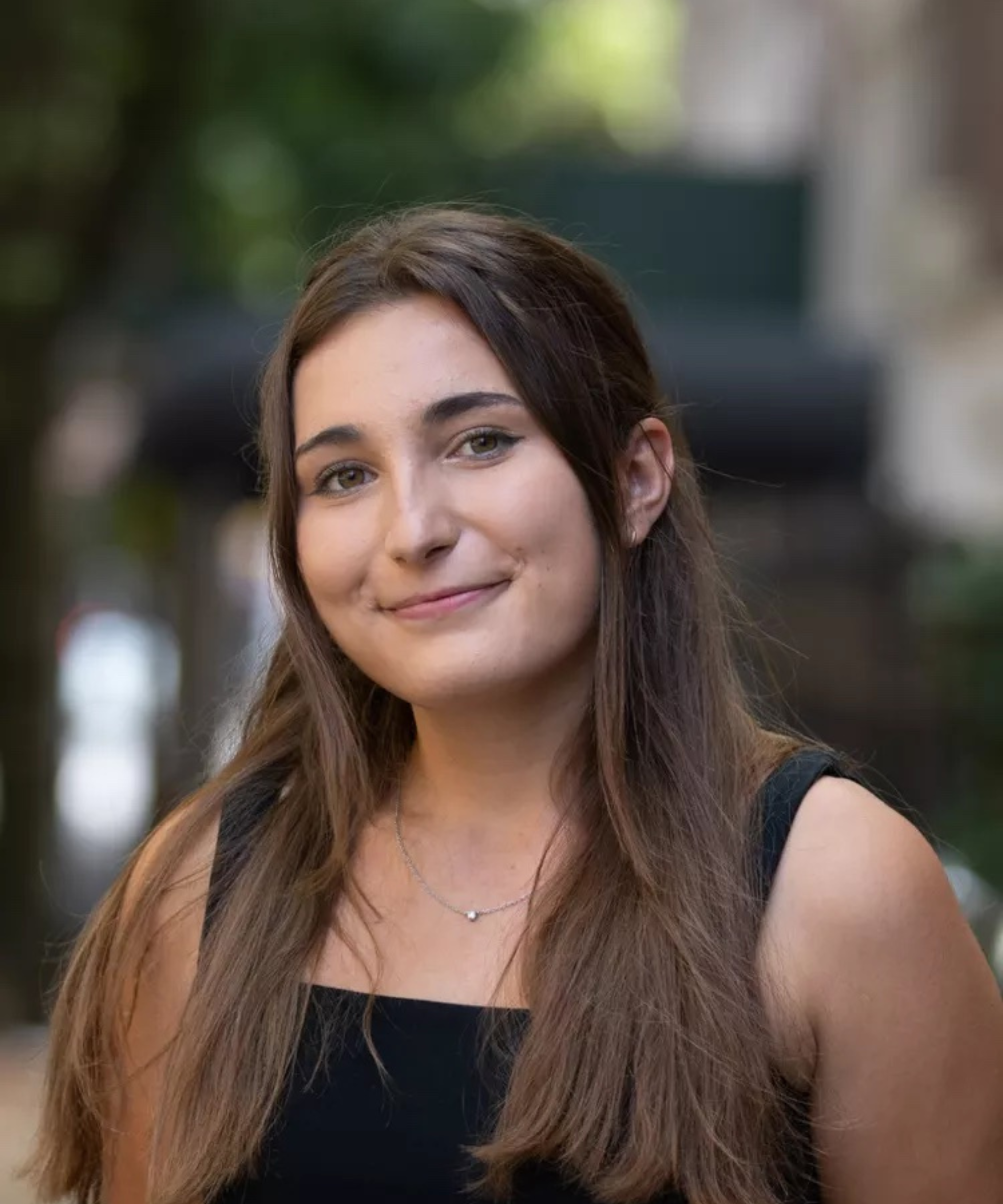
Styling shelves of any kind takes patience, a careful eye, and a fair bit of collecting. And when the shelves are open and out for all to see, getting the styling right is more important than ever. From which items you select to how many you opt for, to where each individual piece is placed on the shelf, there's quite a bit to keep in mind if you're after a stylish, high-end look at the end.
Luckily, Shea McGee – founder of design firm Studio McGee and homeware brand McGee & Co. – has racked up quite a bit of practice with open shelving, and she recently took to social media to share her top styling tips. She's broken the process down into four easy-to-follow points, so styling a shelf will no longer be a mystery. Here's what to know.
How to style open shelving, according to Shea McGee
In a brand-new installment of Shea's well-loved 'Art of' YouTube series, which is based on her design book The Art of Home, the designer tackles all things open shelving. By 'taking you through all of the places in your home that could use some help,' Shea's making expert-approved design tips more accessible than ever. Because she and Studio McGee on the whole get plenty of questions about decorating shelves, she brought us along to her office, where she's taking on her husband Sid's expansive open shelves.
1. Start with a blank slate and take inventory
A post shared by Studio McGee (@studiomcgee)
A photo posted by on
'I share this in my book, and I share the step-by-step process, but the very first step is always to start with a blank slate and to take as much off as possible, and then spread it out in front of you,' Shea says, standing in front of a full wall of three thick, floating shelves mounted on a dark, moody painted wall.
By starting with a blank canvas, and noting exactly which items you have on hand, you'll have a clear mind going into the process, and won't miss out on any styling opportunities. Shea notes that during the inventory step, you'll want to make sure you have an interesting blend of shapes, sizes, and styles among your decor and storage options.
'You want coffee table books, you want boxes, maybe some storage objects, some decorative pieces, vases, leaned artwork. All of these things work together in harmony on a bookshelf, really in whatever room you’re working on. And if you notice that you’re like, "I’m just a person that gets a lot of vases" when you’re taking inventory of what you have, then it’s time to say, "Okay, I need to mix in some other shapes,"' says Shea.
2. Start with foundational pieces
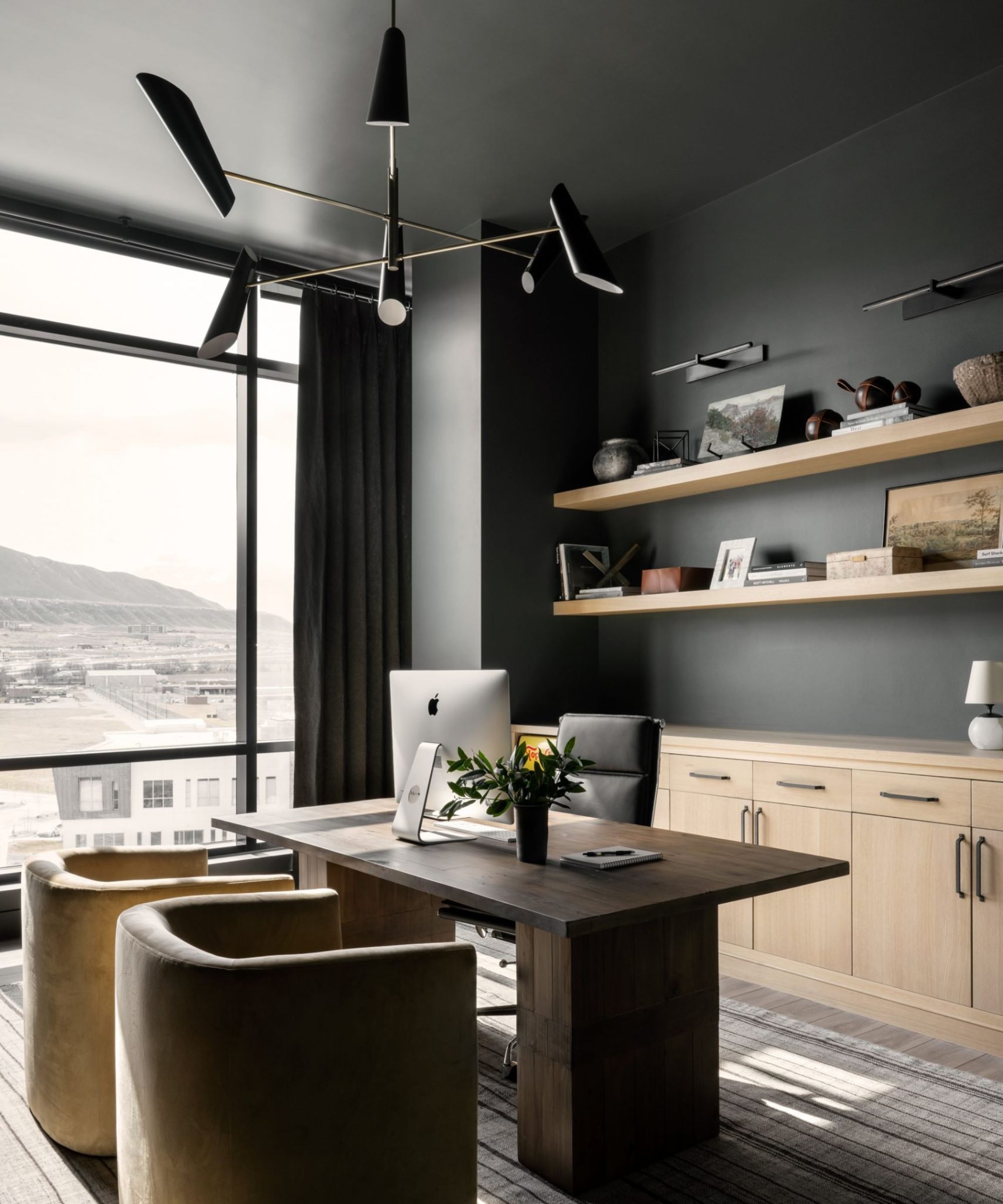
The first things you'll want to put on the shelves are your 'foundational pieces,' says Shea. And more often than not, these are your largest decor items.
Sign up to the Homes & Gardens newsletter
Design expertise in your inbox – from inspiring decorating ideas and beautiful celebrity homes to practical gardening advice and shopping round-ups.
Whether these are vases, boxes, sculptures, or picture frames, you'll want to place the items that take up the most space first, before going in with smaller pieces. In her space, she opts for two large metal bins, noting that their color and height 'grounds the shelves.' Then, she places her other foundational items in complementary locations.
'The key again is just to look for balance and spacing – and you’ll hear me say balance rather than symmetry because I don’t think that symmetry creates a beautiful bookshelf. I think balance does,' says Shea.
'Coffee table books and reading books, they’re part of building that foundation. Like the large objects, you want to spread them out and create balance but you also want to switch up how you display them. So don’t just put a stack of one and do that everywhere – do stacks of one, two, three. Lay them flat, turn them up, maybe place them together or between bookends. Just spread them out throughout the space,' she continues.
3. Create groupings throughout
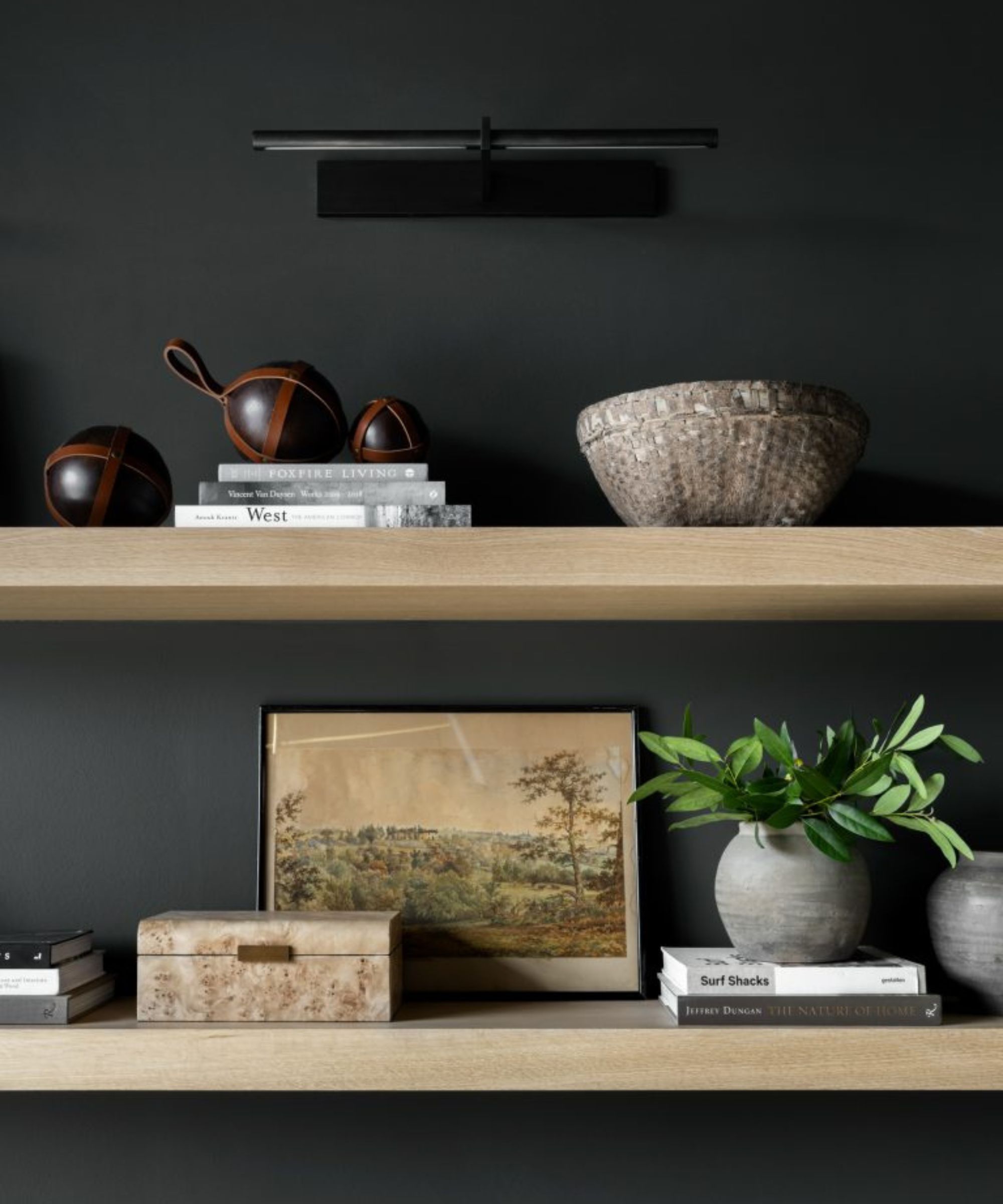
'The next step is all about creating groupings,' Shea continues, moving on to the smaller objects she spread out before styling. Using a few select objects from the McGee & Co. collection – notably the Equestrian Pedestal Object and the Diani Marble Cylinder Object – she creates a few small vignettes on each shelf. She also adds a small fern, because 'greenery goes a long way.'
'Good objects are really hard to find, so when you see one that you like, you should buy it, because some of them are weird and kind of cheesy. So if it has a nice sculptural shape to it it’s gonna bring height and texture to your shelves, so put it in that closet. I have a closet filled with things that I’ve been inspired by, and they always come in handy at clients’ houses, or in situations like this,' says Shea.
Artwork, and particularly vintage artwork, makes for a great addition to open shelving, whether you lean it against the back wall, stick it in a small easel, or mount it onto the shelves themselves. When she can, Shea prefers to lean artwork throughout open shelving setups.
'I love leaned artwork because it adds color, it changes up the shape, and it also adds dimension because you can lean them at the back or you can pull them forward and place them on an easel. It just helps differentiate your shelves from the norm of books, box, vase. I have this easel – this is probably in every single Studio McGee home that we’ve ever designed because it just comes in handy. We’ll use this on a kitchen counter for artwork, we’ll put it on bookshelves, we’ll put it on a console. I like also that this is taking up visual space vertically,' she says.
4. Take a step back
A post shared by Studio McGee (@studiomcgee)
A photo posted by on
'You see me do this about 100 times because you can’t just look at what’s happening here,' Shea notes in the video, explaining why she's periodically stepping back to look at the shelves from slightly farther away. 'You have to make sure that this vignette looks good and then when you step back and look at it as a whole, that it all works.'
While each individual vignette may look stunning, if the balance of a whole shelf is off, it won't matter much in the end. By viewing the shelves from multiple angles and taking in the view in its entirety, you'll foresee any necessary adjustments before you've finalized every object's placement.
'It’s just a fluid process, so settle in and be prepared to maybe take a lunch break and then come back to it. Shelf styling sometimes just means you gotta do it, step away, and then come look at it again,' Shea says.
'The beauty of styling is that it’s very forgiving, and it’s always evolving,' says Shea. 'You want to make sure you’re not feeling pressured to use every single item that you have. I have a lot of leftovers, and although I love these pieces, they just weren’t working. And so, as you collect, you might want to do a refresh of your shelves, and one of these objects will come in handy at that time.'

Abby was the Interior Design News Editor at Homes & Gardens and is now studying for her Master's degree in Journalism at City University, London. Prior to joining our team, she worked with Better Homes & Gardens, where she wrote and edited content about home decor, gardening tips, food news, and more. She studied Journalism and English Literature at New York University and moved to London to pursue her love of writing in 2023.
-
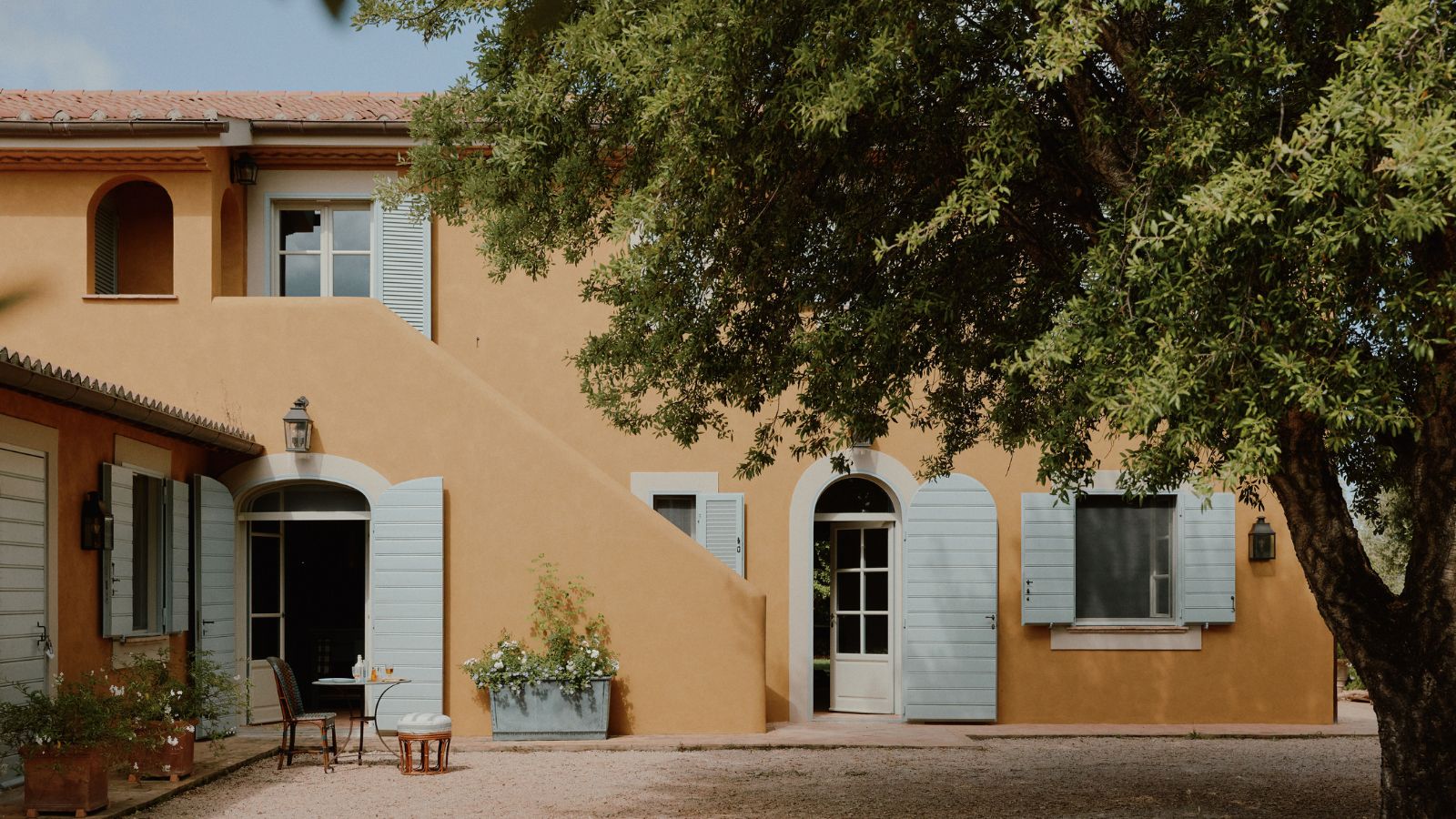 How a British designer brought together the different tastes of a couple wanting to create the dream future-proofed home in the idyllic Italian countryside
How a British designer brought together the different tastes of a couple wanting to create the dream future-proofed home in the idyllic Italian countryside‘They wanted a house that would feel immediately like home the minute they arrived, and somewhere relaxing to spend time together as a family and entertain friends.’
By Fiona McCarthy
-
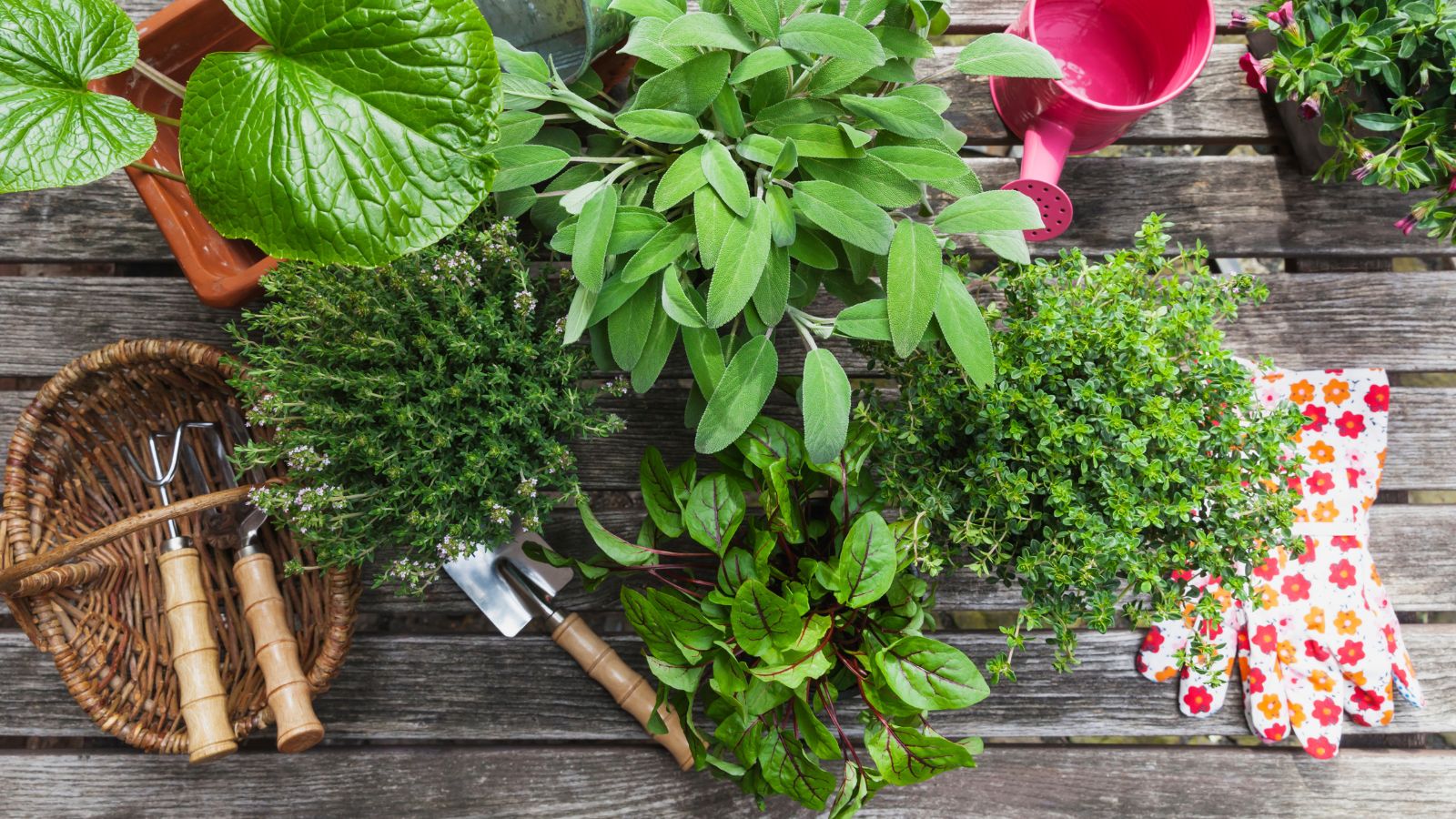 What is your birth month herb? Discover the symbolic meaning behind yours
What is your birth month herb? Discover the symbolic meaning behind yoursHerbs offer symbolic wisdom, and play to the natural rhythms of the season
By Lola Houlton

